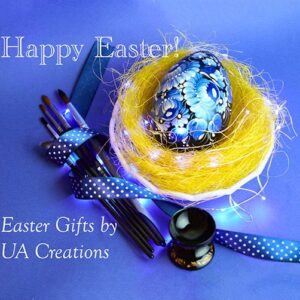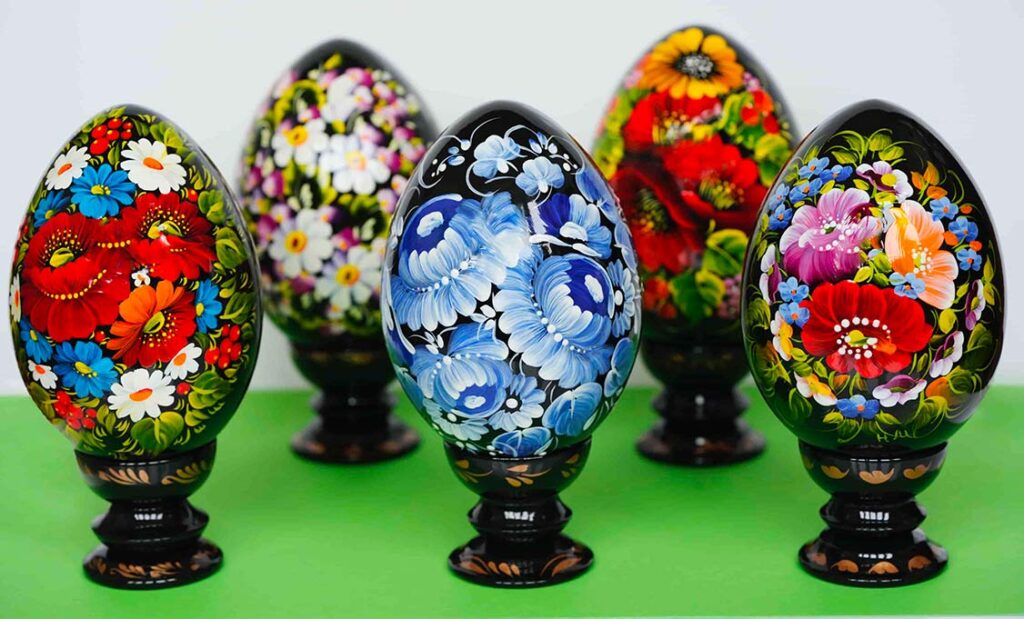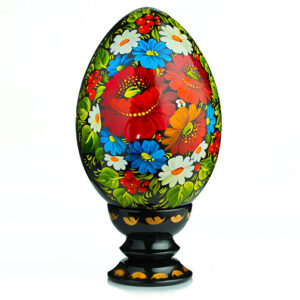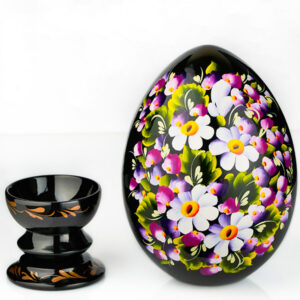Easter eggs have a long and rich history, dating back thousands of years to ancient civilizations that celebrated the arrival of spring and new life. The egg, with its round shape and association with fertility, was a natural symbol for these celebrations.
One of the earliest records of egg-related customs comes from Persia, where painted eggs were exchanged as gifts during the spring equinox in honor of the Zoroastrian new year. This practice was later adopted by other cultures in the Middle East and Asia.
The Christian tradition of Easter eggs has its roots in medieval Europe. Eggs were a forbidden food during the Lenten season, so people would often hard-boil them to preserve them until Easter Sunday, when they could be eaten again. In some places, eggs were also decorated with religious symbols, such as crosses or images of the resurrection, and given as gifts to celebrate the holiday.
In the 19th century, the tradition of decorating Easter eggs spread throughout Europe and became more elaborate. Eggs were decorated with intricate designs using wax, dyes, and other materials, and were often given as gifts to friends and family.
In the United States, the tradition of the Easter egg hunt became popular in the early 20th century, and today it remains a beloved part of Easter celebrations around the world.
Today, Easter eggs come in many forms, from the traditional dyed and decorated eggs to chocolate eggs and plastic eggs filled with candy or small toys. While the meaning and significance of Easter eggs may have evolved over time, they continue to be a cherished symbol of new life, rebirth, and hope.
People make paintings on Easter eggs for a variety of reasons, including as a way to celebrate the arrival of spring and new life, to express their creativity and artistic skills, and to symbolize the religious themes of Easter.
In many cultures, decorating eggs is seen as a form of folk art and is passed down from generation to generation. The designs on the eggs can be simple or intricate, and may feature traditional symbols such as flowers, birds, or geometric patterns.
In the Christian tradition, Easter eggs can also be decorated with religious symbols such as crosses, images of the resurrection, or scenes from the Bible. These eggs may be used in Easter egg hunts or given as gifts to friends and family.

Decorating Easter eggs can also be a fun and engaging activity for children and families, providing an opportunity to spend time together and express their creativity.
Overall, painting on Easter eggs is a way for people to celebrate the holiday, express their artistic talents, and create something beautiful and meaningful.


